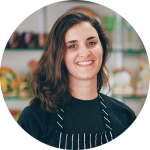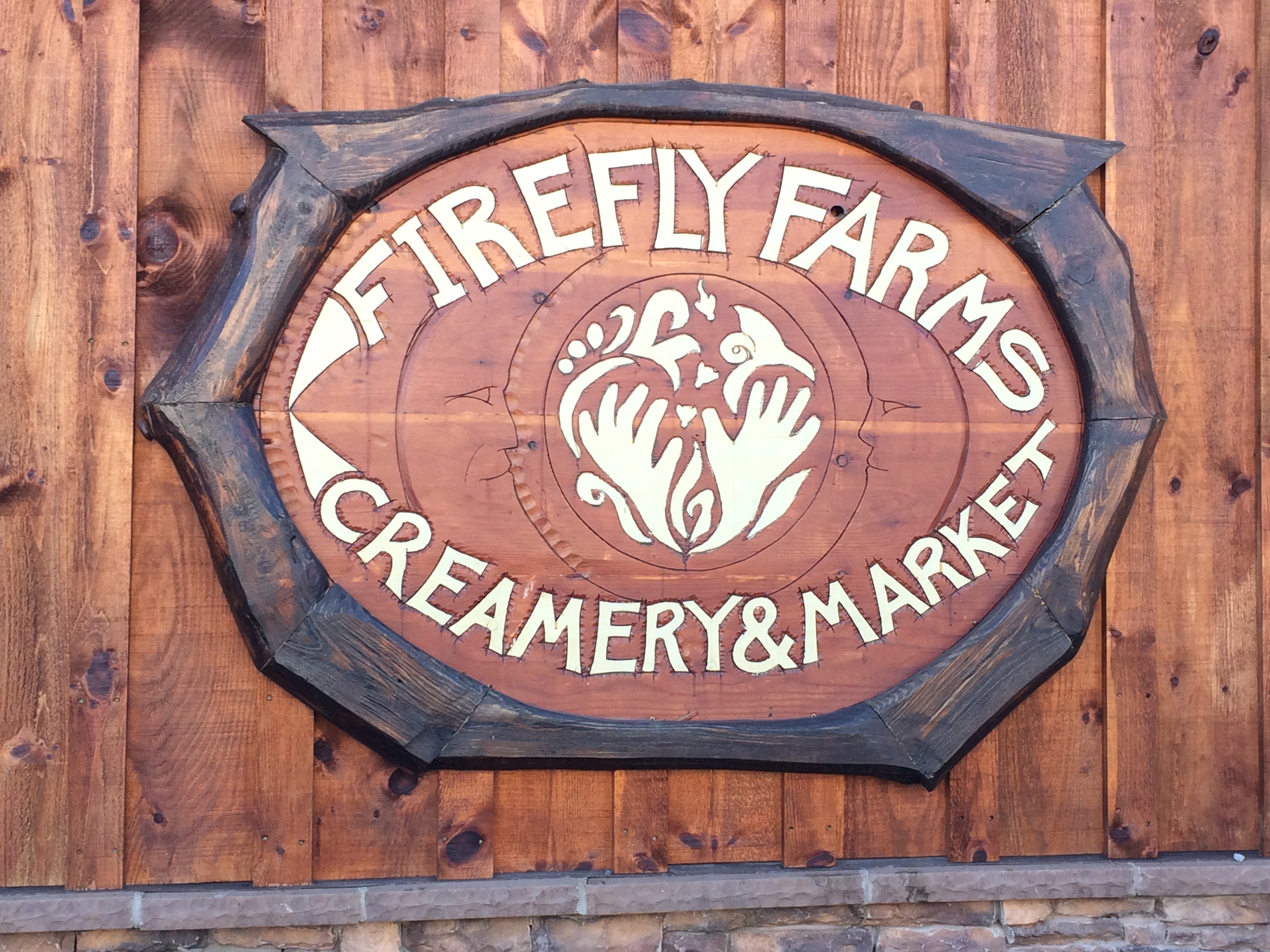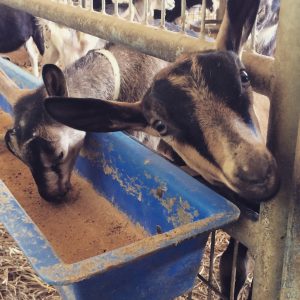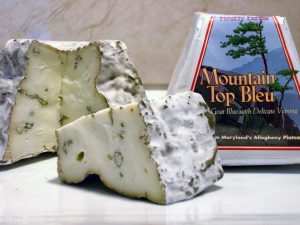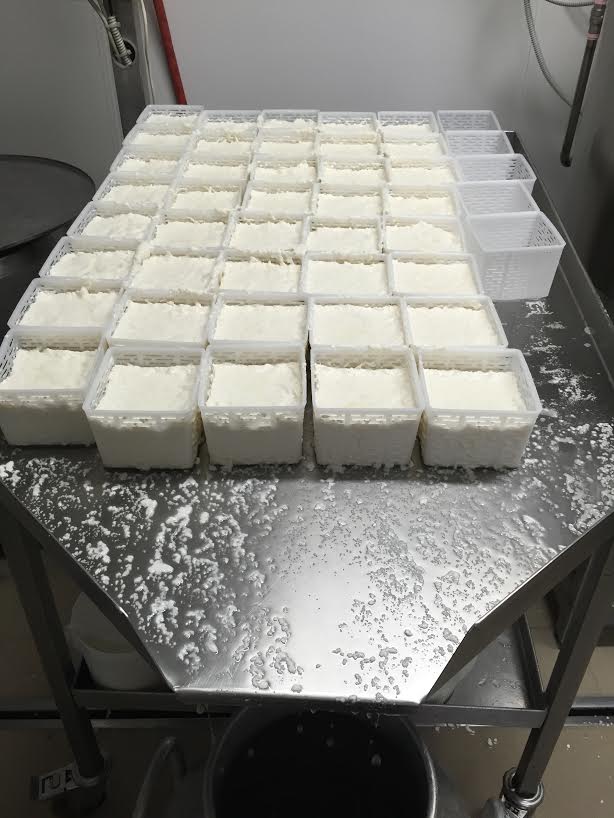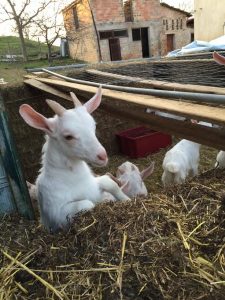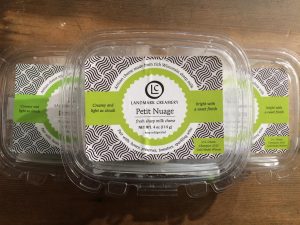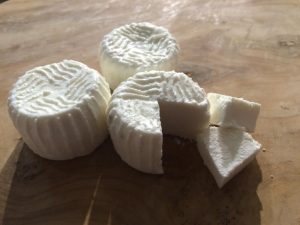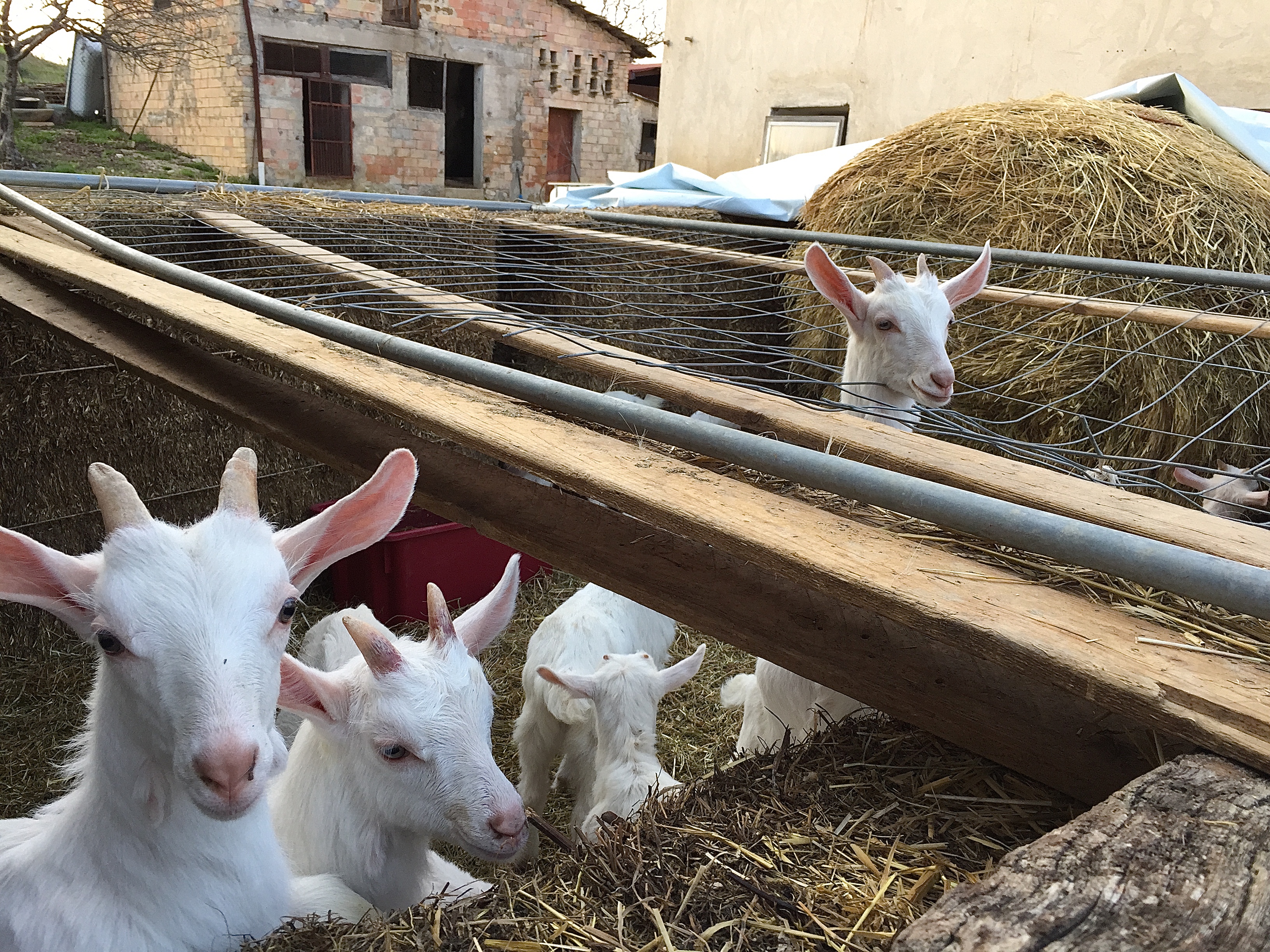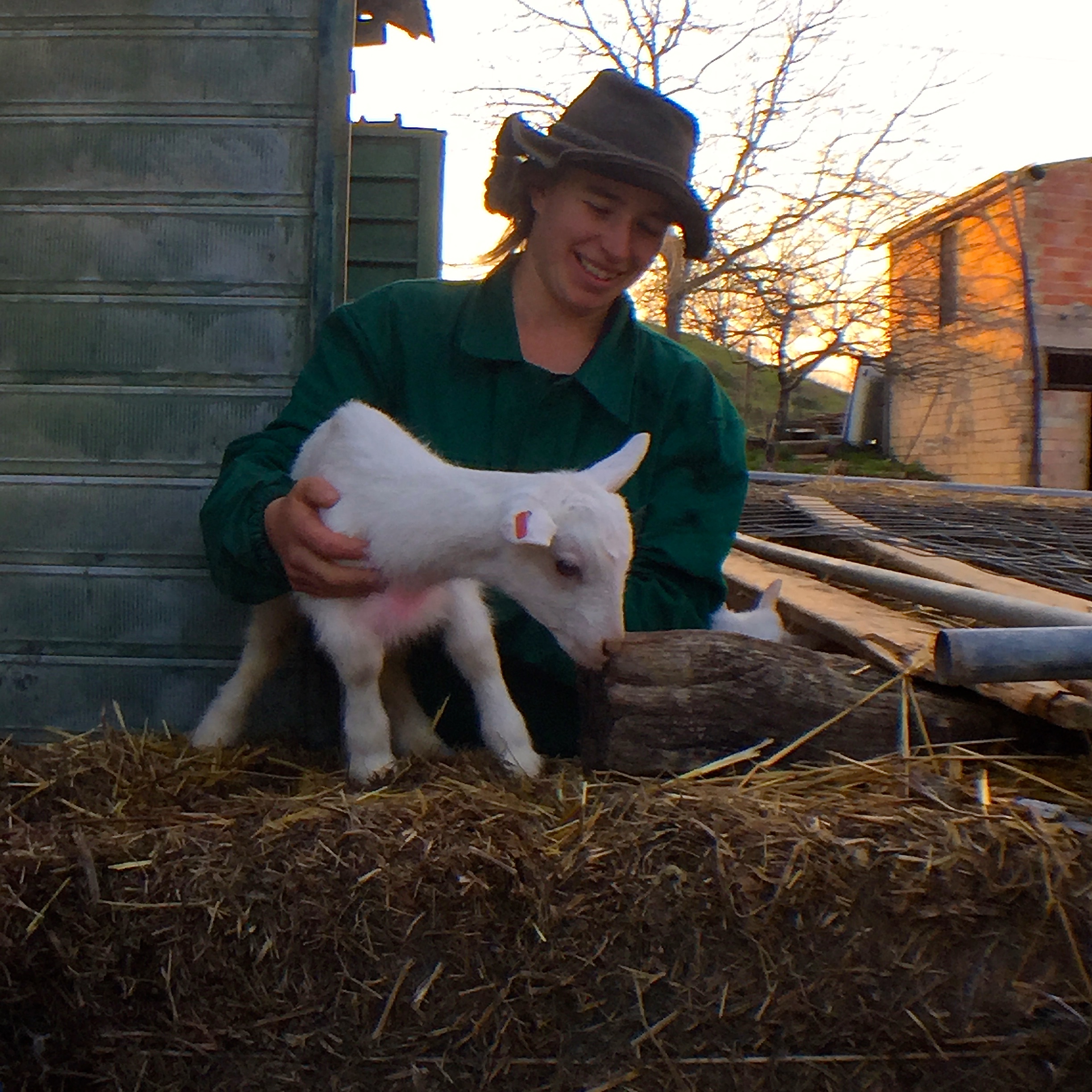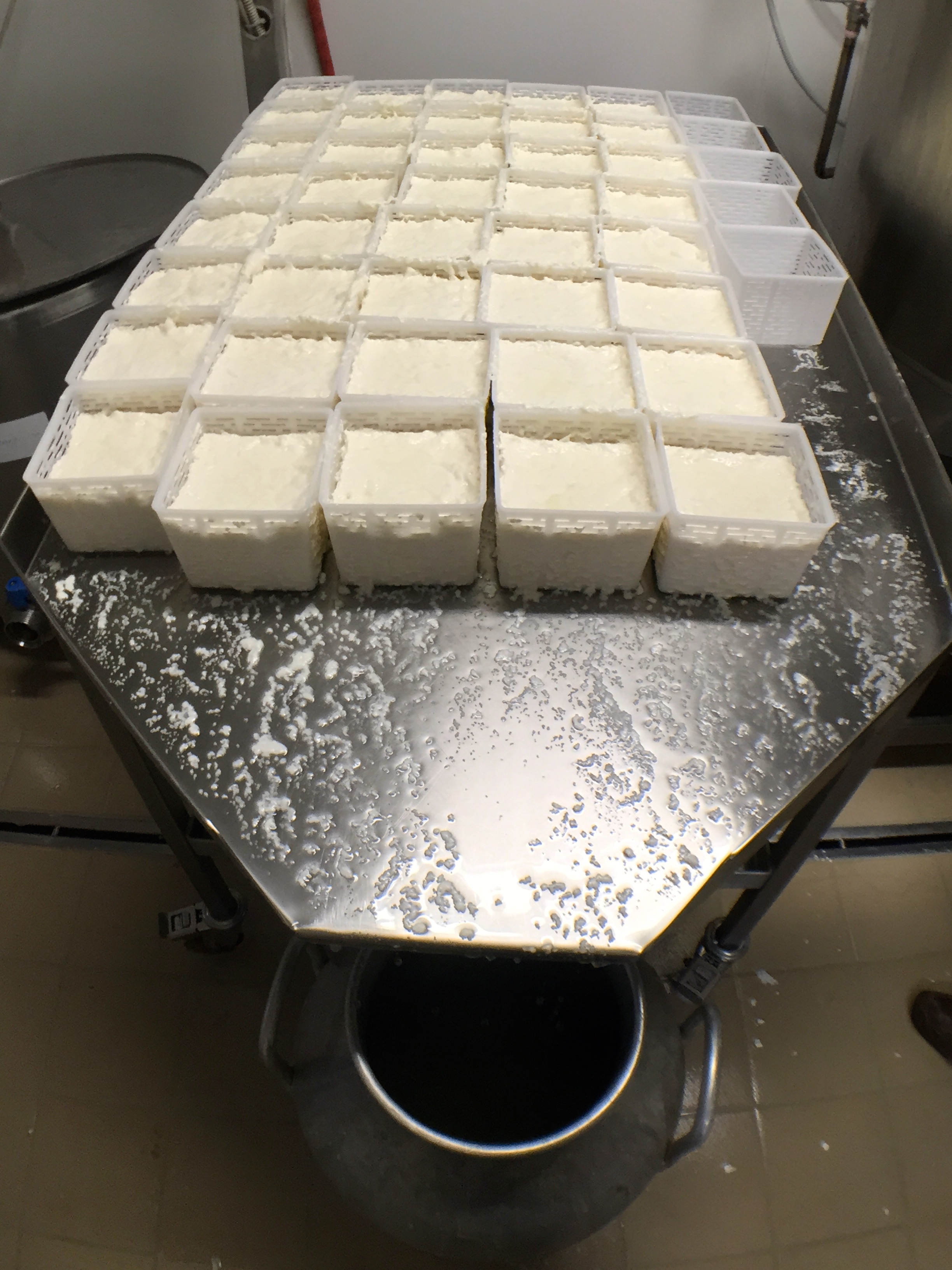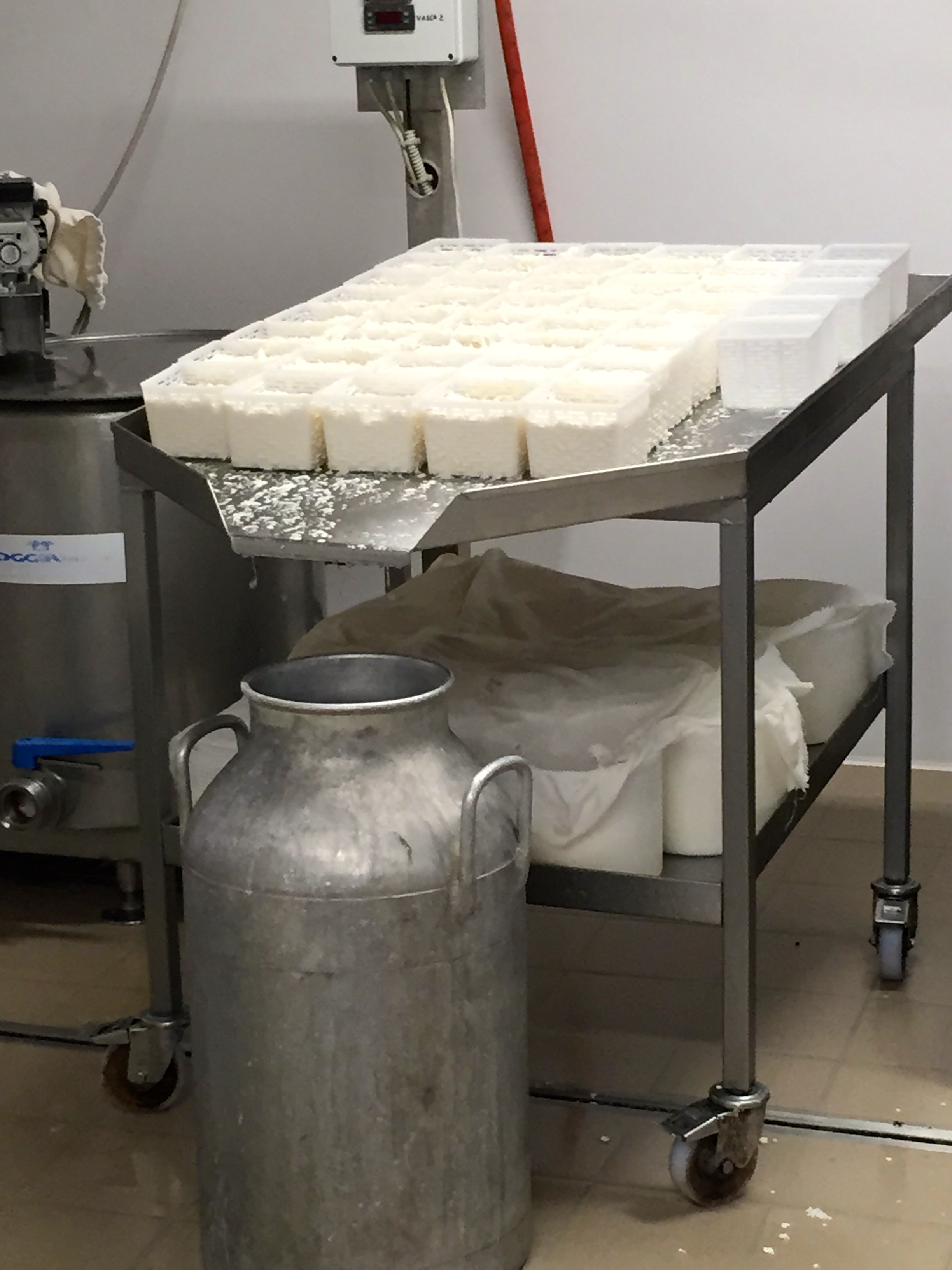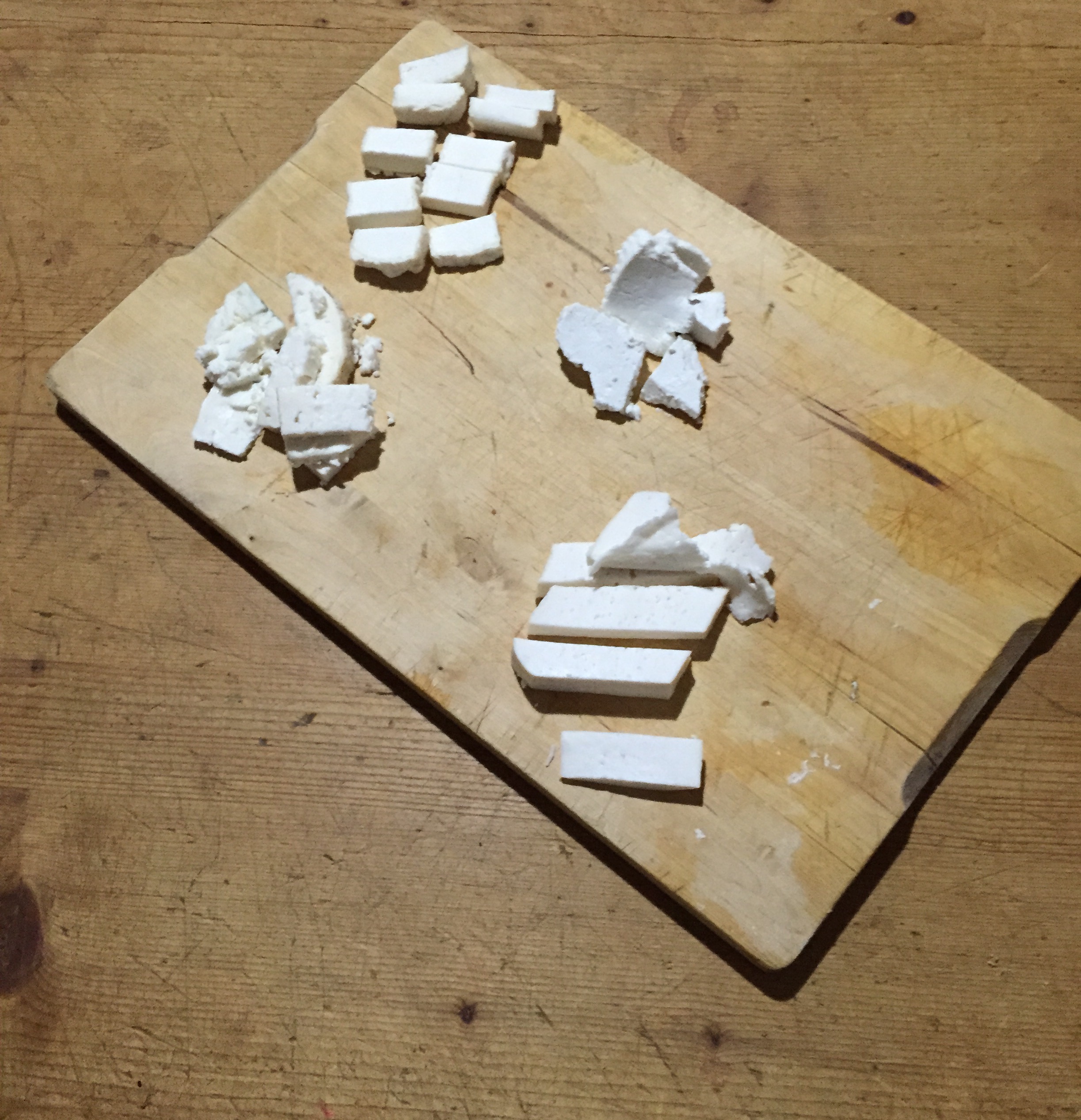Early last spring, my dad and I attempted to go spring skiing out in Deep Creek, Maryland. Rainy and foggy with lots of slush and mud, we were not entirely successful in our sporting endeavors. It got to the point where one day we looked up at the slopes, and decided to go to the movies instead. Let me tell you, you know the conditions are really bad when the best option is to watch a sappy, poorly written sports movie in an empty theater with sticky floors and the distinctive aroma of old popcorn clinging to the walls.
Even though the weekend itself didn’t exactly go according to plan, it was far from a bust. First of all, I got to hang out with my dad (hi Dad!), which was, as always, a great time. And secondly, I stumbled upon FireFly Farms.
We were on our way out of town when we decided to stop and get some snacks for the road. Driving through the small town of Accident, the FireFly Farms Creamery and Market sign caught my eye. I’d heard the name bantered about by various mongers in DC, and knew that they made goat cheeses. And, well, you guys know me – I’ll jump at any chance to try some new cheeses, so we stopped.
After tasting through a bunch of their gorgeous, goat’s milk cheeses, I settled on my favorite: Mountain Top Bleu. Made in the Valencay style, these beautiful, surface ripened pyramids are a perfect gateway blue – mild and creamy with just a hint of funk. The piece that I got that day was just the way I like my soft cheeses to be – ripe, oozy, and full of flavor. During the two and a half hours it took us to drive back to DC, we easily devoured the entire thing.
I’ve learned a few things since that inaugural visit to FireFly. Firstly, although Mountain Top Bleu is one of FireFly’s original three cheeses, it was initially made by accident. It came into being when a bloomy-rinded cheese was cross contaminated by a nearby blue. Instead of throwing the contaminated batch away, the cheesemakers created this beautiful hybrid. And it’s a great thing that they did: Mountain Top Bleu is the most awarded cheese in the FireFly repertoire. With twenty individual honors to its name, including a bronze medal at the American Cheese Society conference this past summer and multiple World Cheese awards, this cheese is certainly no mistake. Saveur Magazine even named it as one of the top 50 cheeses in the nation.
I was also impressed to learn about FireFly’s commitment to sustainability, both with regards to the farmers that they partner with and to the environment. FireFly is a small cheesemaking operation on the Allegheny Plateau region of Maryland, and they use milk from six goat farms within a 30 mile radius of their shop. By working closely with these farmers, and implementing a mutually beneficial contract, Firefly assures that the farmers are committed to “humane animal husbandry and restrict the use of antibiotics, hormones, and animal feeds that have been treated with chemical or synthetic fertilizers”, while also paying them a fair price for their milk that doesn’t penalize producers for “under-production” in winter months, nor “over-production” in summer months.
Additionally, FireFly is very conscious of their energy consumption. Instead of using energy-hungry machines, they’re committed to handcrafting and wrapping each of their cheeses. Furthermore, as of the summer of 2015, one third of the energy used by FireFly comes from their newly installed solar panels.
It is my great pleasure to announce that not only will Mountain Top Bleu be Via Umbria’s October Cheese of the Month, but that FireFly Farms founders Mike Koch and Pablo Solanet will be joining us for our monthly Cheese Party! Please join us on Wednesday, October 5th to eat, drink, and learn all about this wonderful local cheese and these awesome cheesemakers!
